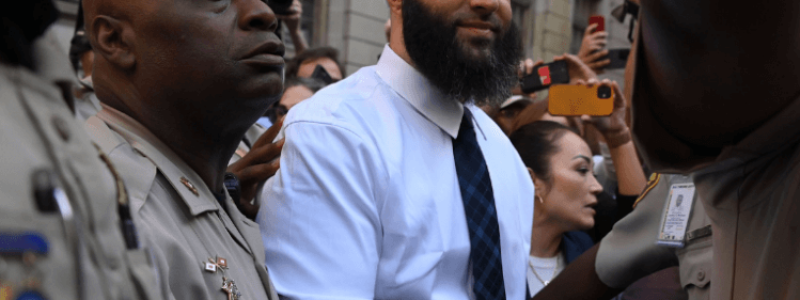The 2014 podcast Serial, which has now been downloaded more than 340 million times focused worldwide attention on Adnan Syed who had been convicted of the murder of his ex-girlfriend Hae Min Lee.
The prosecution case included records from AT&T which showed that Syed’s phone ‘pinged’ a cell tower covering Leakin Park where Lee’s body was discovered and other nearby areas. But Syed had an alibi claiming that he was at a different location at the time.
After serving 23 years in prison, Syed was released this week after new evidence cast doubt on his conviction. He now faces a wait of up to 30 days while prosecutors decide whether or not to request a new trial or dismiss the case.
We know that mobile phone data is a powerful tool in identifying criminals and securing convictions but it is crucial that it is used correctly as this case clearly demonstrates. Motions filed as far back as 2003 in the Syed case argued that further technical work ought to have been carried out to establish whether the data had been correctly interpreted by investigators.
An RF survey would have provided a more accurate picture of exactly the area that Syed was in when he received the calls, potentially corroborating his alibi.
Any investigation that involves the interpretation of communications data must include rigorous examination of the data and careful analysis of the documentation and statements provided by the telephone companies. RF surveying and consultation of independent telecommunications experts is often strongly recommended in addition.
In 2022 the procedural approach to dealing with digital evidence has become more robust and is part of the standard toolkit available to any senior investigator. The hardware and software solutions available to policing have also evolved and have transformed the efficiency and accuracy of digital investigations.
An RF survey can now be carried out on foot by one person carrying a backpack containing our Lima Cell Monitor solution. The data from that survey can be analysed on screen instantly, and ingested into desktop software such as CSAS that enables investigators to examine the survey in the context of all other digital data points in the case.
The very grave circumstances of the Lee case continue to be examined, and we along with everyone else, hope for closure for the victim’s family. We hope that anyone else affected by crimes such as these in the future does not have to wait so long for justice.




